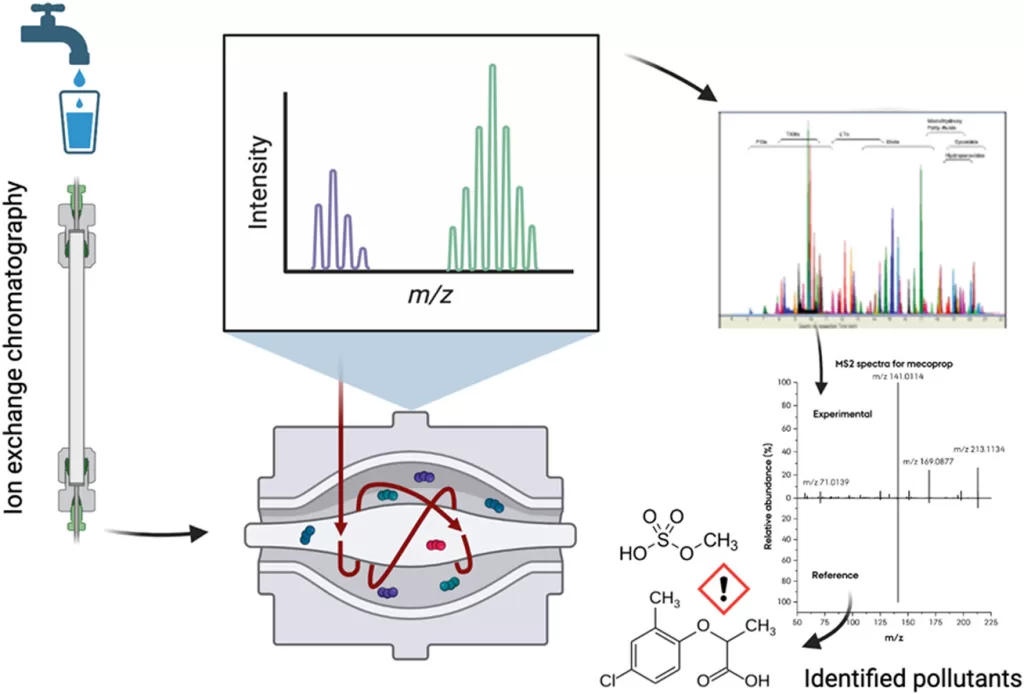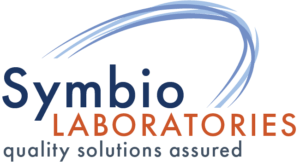Non-targeted Analysis Using LC/GC Orbitraps

Rachel Carson’s 1962 book “Silent Spring” was instrumental in ushering in the environmental movement and the establishment of the EPA in 1970 by President Richard Nixon. With the adoption of the GCMS quadrupole, the EPA and many other testing agencies utilized targeted analysis of compounds to ascertain the levels of known contaminants in various matrices. The introduction of the Sciex instrument for LCMS in 1989 opened up testing of known analytes in liquid samples. With the advent of the Orbitrap in 2005, the ability to look beyond targeted “known” lists of chemicals became available. Initially applied to several “omics” applications, the technology currently reaches into nearly all sectors of analysis, and is known as HRAM, High Resolution Accurate Mass analysis.
Wheat, Rapeseed, Cumin, Tea
A study out of France looked at 100 “known” pesticides and showed that using an Orbitrap for the analysis was more sensitive than a GC Triple Quadrupole for most pesticides. In addition, the Orbitrap offered the advantage of using the full scan capability to look for unknown compounds at the sub ppb level. Pesticides detected in the wheat samples (main focus of the study) included: chlorpyrifos ethyl, chlorpyrifos methyl, phosmet, chlorpropham and deltamethrin. (https://doi.org/10.1016/j.foodchem.2021.129932)
Baby Food Analysis
We live in a world surrounded by microbes, thus microbiology has many important applications in the medical, environmental, food, agriculture, pharmaceutical, cosmetic, and many other industries. Of the microbes that exist in our ecosystem, some are beneficial and perform essential functions such as cycling nutrients, while others can be detrimental to human health and cause infection or disease. Therefore, it is critical to determine the possible presence of harmful microbes in products before they are consumed.
Symbio Laboratories conducts high-quality microbiological testing with rigorous standards set by regulatory agencies such as the Environmental Protection Agency (EPA), current Good Manufacturing Practices (cGMP), The California State Water Boards, The Association of Official Agricultural Chemists (AOAC), and The Transnational Institute (TNI).
Nitrosamines in Children’s Toys
The European Union toy safety standard stipulates that the contents of nitrosamines in toys intended or likely to be placed into the mouth of children need to be below 1 ppb. A total of 45 children’s products manufactured in China ( 12 teethers, 9 toys, 11 teats/soothers, 6 balloons, and 7 erasers) were analyzed for 16 known nitrosamines. By incorporating a full scan analysis at high resolution (40-300m/z & 60,000 FWHM) both known and unknown analytes can be investigated. No nitrosamines were noted in erasers. All 6 balloons had NDMA and NMPhA ranging from 5 ppb to 163 ppb, 5 values exceeding the EU limit. NDBzA was detected in five teats and soothers, two exceeding the EU limits, and two teethers and one toy had NMPhA higher than the limits allowed in children’s products, posing a potential hazard to children’s health and safety. Though not a part of this study, the utilization of the full scan analysis at the high mass resolution allows further analysis for additional non-targeted compounds that pose additional risk to children.
(https://doi.org/10.1016/j.microc.2020.105878)
Drinking Water Analysis for Unknown Pollutants
This focused study, though conducted in Denmark highlights the “unknown unknown” capability of an Orbitrap to look for persistent, mobile and toxic (PMT) chemicals. Unknown analysis found anionic pesticide residues dimethachlor ESA, mecoprop, and dichlorprop in what should have been “clean” drinking water. In addition to these three substances, it was possible to detect another 1662 compounds, of which 97 were identified with high confidence. More research is urgently needed to prioritize the health risk of the detected substances and to determine their concentrations.

